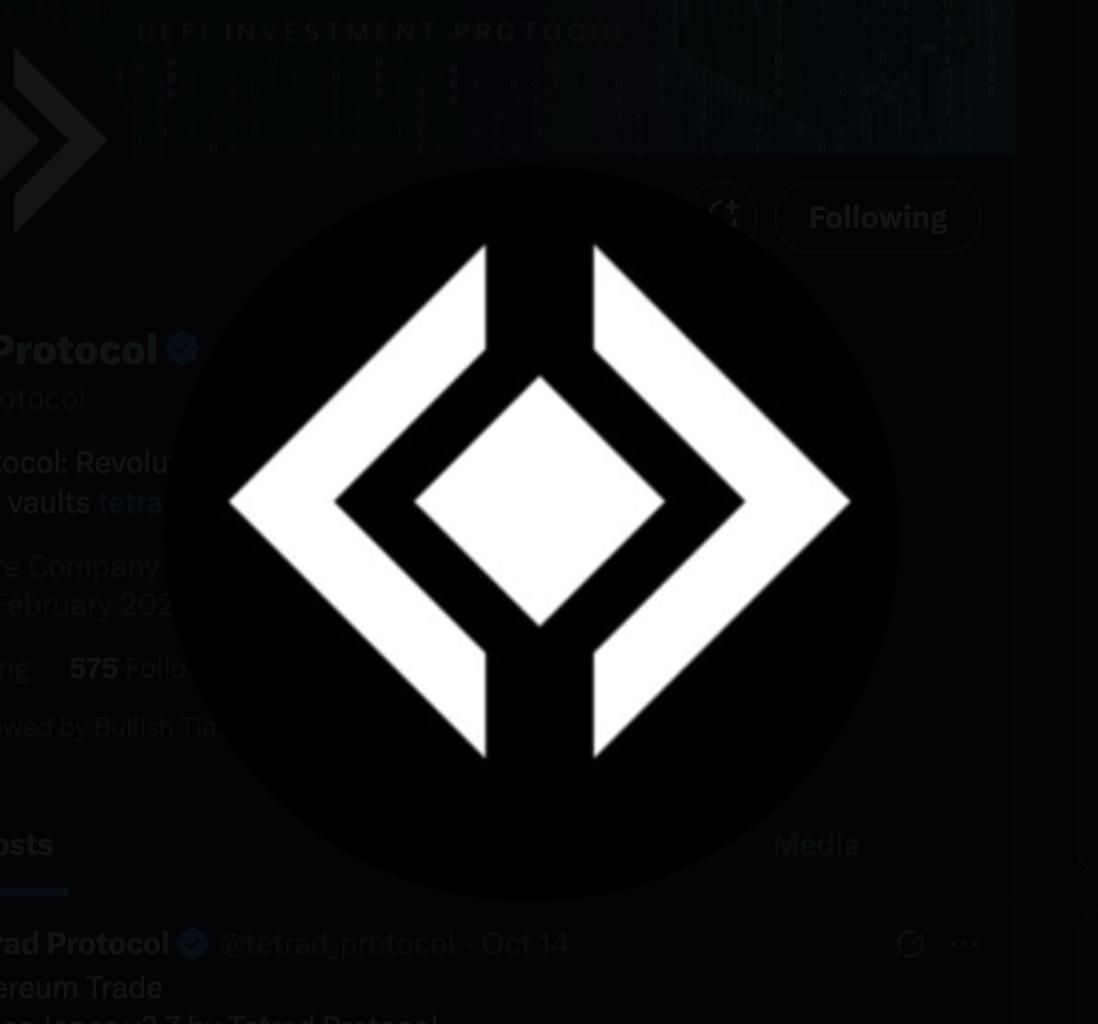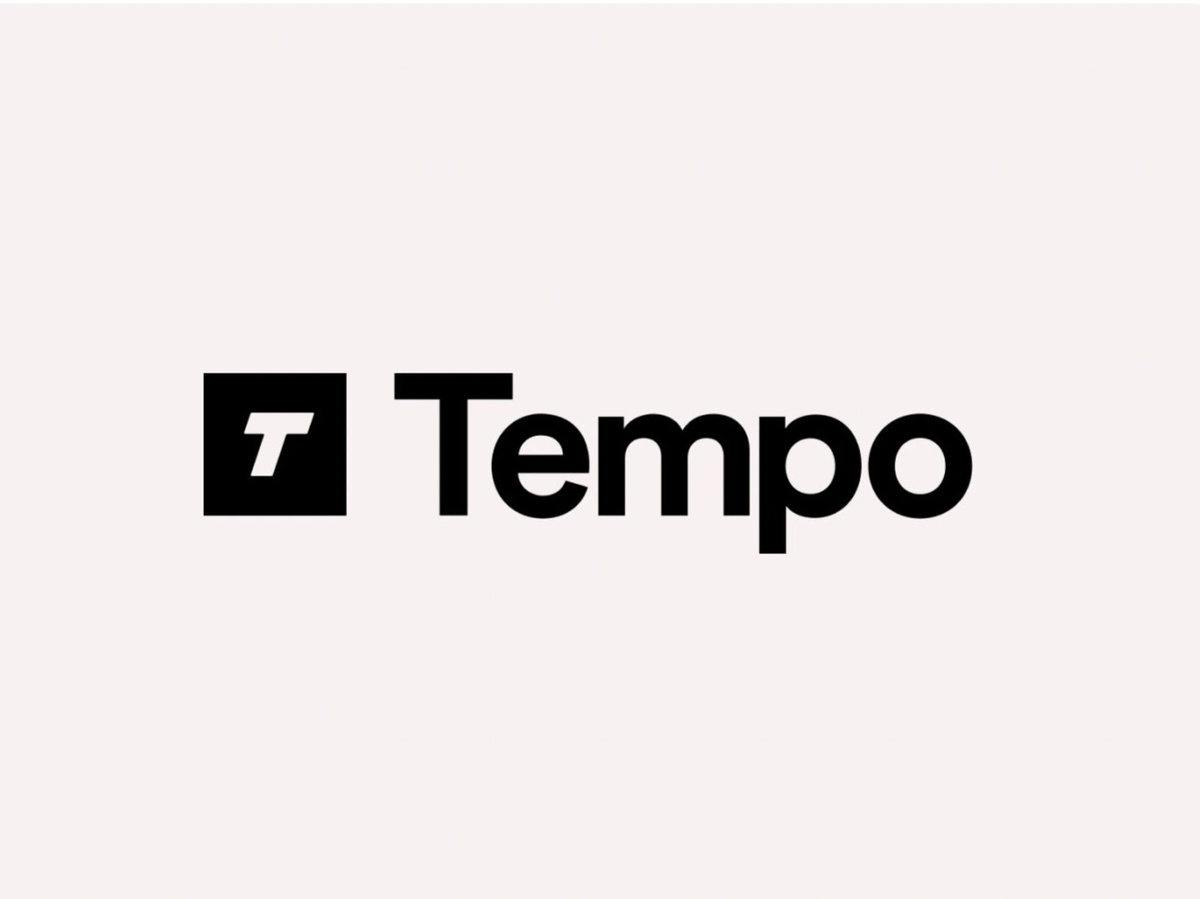The world of cryptocurrency is witnessing a significant shift with BRC-20 tokens, initially designed as a workaround for Bitcoin’s lack of native token support, now being adopted on other blockchains that already have built-in token capabilities. This trend marks an intriguing evolution in the blockchain ecosystem, challenging the conventional approaches to token creation and usage.
The BRC-20 token format gained prominence when the ORDI +1.15% token reached a $1 billion market cap, becoming the first of its kind to achieve this milestone. This success has spurred a wave of similar tokens, with many aiming to become the next big thing in the crypto world. What sets these tokens apart is their origin: they originated on Bitcoin through a unique method due to the platform’s absence of native token support.
On Bitcoin, tokens are created by associating a small amount of data, such as an image for an NFT or a token, with a single satoshi – the smallest unit of bitcoin. This is done within the limited data storage space available in Bitcoin transactions, leading to the creation of BRC-20 tokens, each representing a distinct collection.
When these tokens migrate to other blockchains, they adapt to the native standards of those platforms, like PRC-20 on Polygon PoS, yet retain their core concept. This phenomenon has resulted in the emergence of Ethscriptions on Ethereum, Doginals on Dogecoin, and Solana Inscriptions on Solana.
According to a Dune Analytics dashboard by Hildobby, a researcher at Dragonfly VC, these tokens have proliferated across multiple blockchains. Celo, Avalanche, Fantom, and Polygon PoS have collectively seen over 200 million inscriptions, indicating a growing interest in this token format beyond Bitcoin.
This surge in token creation has led to significant increases in network activity on these blockchains. For instance, the Celo blockchain experienced a jump from 277,000 transactions per day to 3.7 million, reflecting the high volume of token minting and transfers.
The trend has even attracted attention from industry leaders like Justin Sun, the founder of Tron, who is exploring the possibility of introducing BRC-20 tokens on the Tron network.
Moreover, this approach is being applied to NFTs as well. Collections like Ethereum Punks are recreating iconic NFTs using the inscription method, despite these blockchains having native NFT support. This shift underscores a broader trend in the blockchain world: the exploration of new methods and the reimagining of existing technologies to create diverse and dynamic crypto ecosystems.











